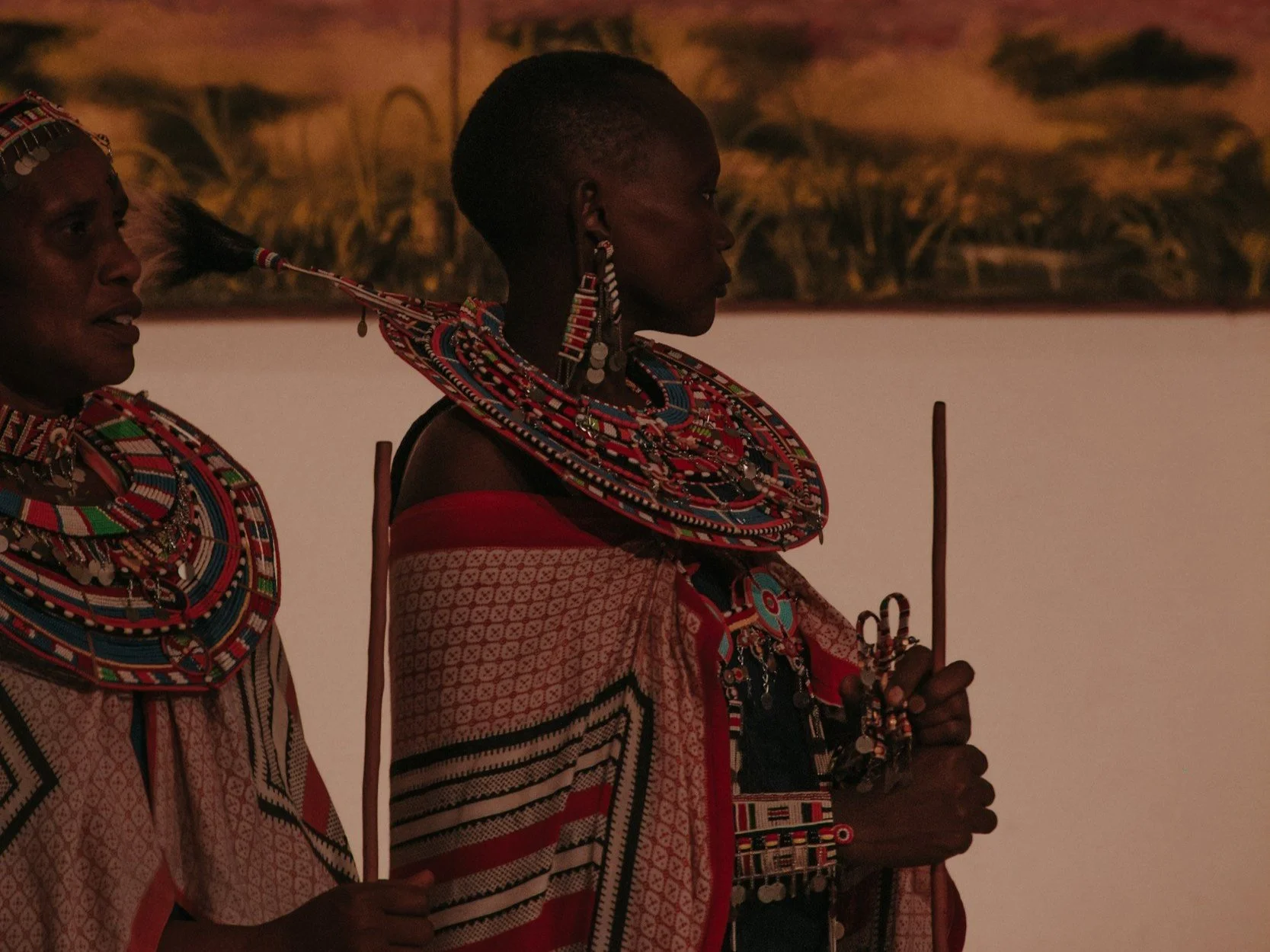The Thread of Time: Ancient Wisdom in Sustainable Clothing
Long before fast fashion and synthetic fabrics, our ancestors wove sustainability into every thread of their garments. Their clothing was not just about covering the body—it was a harmony of nature, ingenuity, and respect for resources. Let’s unravel the stories behind their timeless techniques.
Along the fertile banks of the Nile, ancient Egyptians cultivated flax, a resilient plant that needed little water. They harvested its stalks, soaked them in the river to soften, then painstakingly hand-spun the fibers into linen—light as a breeze yet strong enough to endure the desert sun. The finest linen, almost translucent, draped the bodies of pharaohs, while workers wore sturdier weaves. Unlike today’s synthetic fabrics, linen grew from the earth and returned to it, leaving no trace but memory.
Far to the east, in the rugged lands of Central Asia, nomadic herders carried their lives on horseback. Their tents, ropes, and clothing were woven from hemp, a plant that thrived without pampering. The Chinese, too, prized hemp for its durability, weaving it into tunics that lasted generations. When a garment frayed, it was patched; when beyond repair, it became kindling or mulch. Nothing was wasted.
In the bustling markets of ancient India, dyers stirred vast pots of bubbling indigo, extracted from fermented leaves. Nearby, artisans dipped cloth into vibrant yellows from turmeric and deep reds from madder root. These colors came from the earth, not laboratories, and when the fabric faded, it did so gracefully, without poisoning the soil. In the Andes, the Inca used cochineal insects to create rich crimson hues, honoring the tiny creatures that gave their textiles life.
Before the age of factory-cut patterns, cloth was precious. The Romans stitched simple T-shaped tunics from rectangular panels, leaving no scraps behind. In Japan, kimono makers designed robes with straight seams—when worn out, the fabric was repurposed into children’s clothes, bags, or even diapers. The Inuit crafted parkas from caribou hides, using every scrap: sinew for thread, fur for warmth, and leftover pieces for mittens or boots.
A torn sleeve wasn’t the end of a garment—it was the beginning of its next chapter. In medieval Europe, families darned socks by candlelight. In India, mothers embroidered old saris with intricate kantha stitches, transforming them into quilts filled with stories. Even the wealthiest nobles valued patched clothing, for it spoke of thrift and wisdom.
Clothing Without Water Waste
In the deserts of Arabia, where water was gold, people cleaned their robes by beating them with sand or rubbing them with fragrant resins. In Scandinavia, woolens were refreshed by hanging them in the crisp winter air, letting the wind carry away odors. Laundry was not a daily chore but a mindful act, preserving both fabric and resources.
When garments finally gave their last, they returned to the earth. Linen decomposed into the soil, wool felted into new creations, and even silk—luxurious as it was—eventually faded back into nature’s embrace. There were no landfills choked with polyester, no microplastics seeping into rivers—just the quiet cycle of growth, use, and return.
Today, as we grapple with fashion’s environmental toll, these ancient whispers grow louder. Designers now turn to hemp, linen, and natural dyes. Zero-waste pattern cutting is making a comeback. And the old art of mending is reborn in "visible repairs," where flaws are celebrated, not hidden.
Perhaps sustainability isn’t a new idea at all—but an ancient one, waiting for us to remember.
Would you like to dive deeper into one of these stories? The past has much to teach us.
